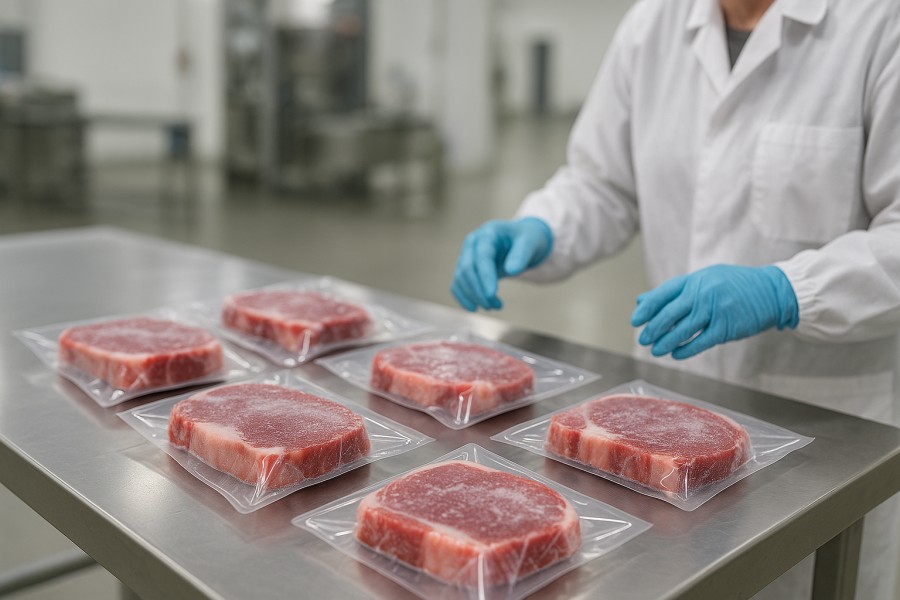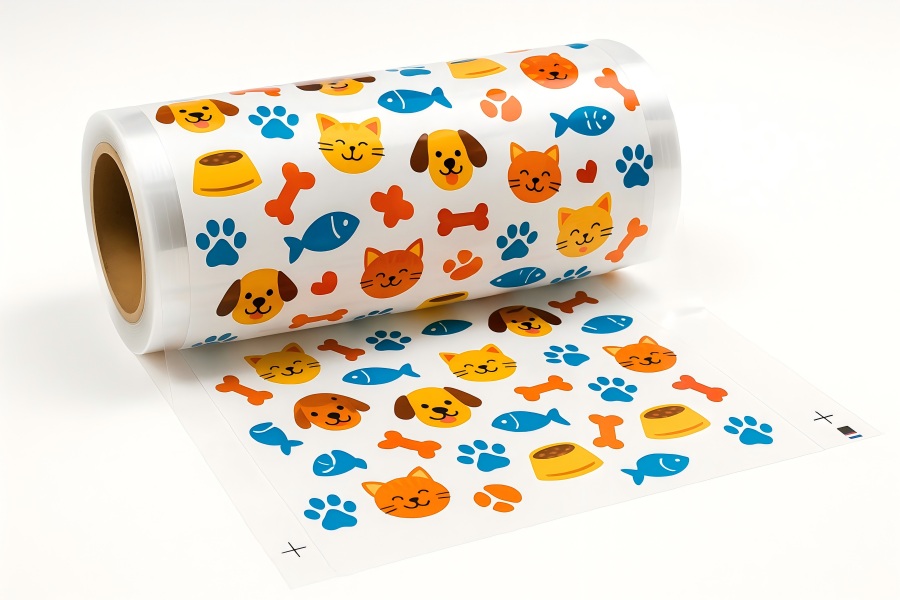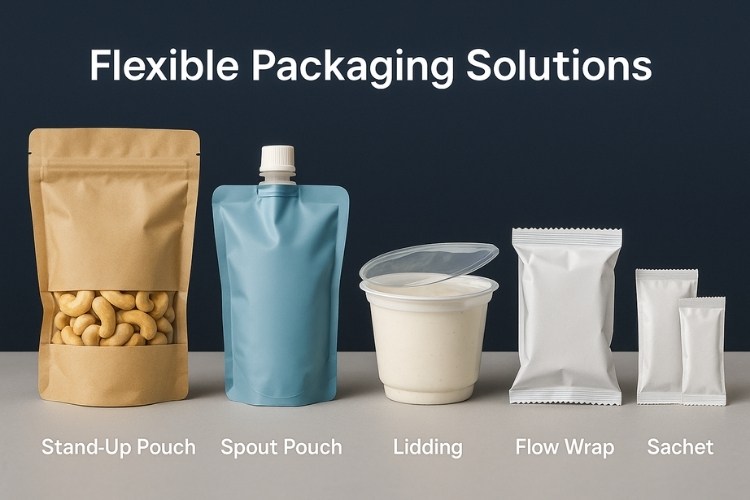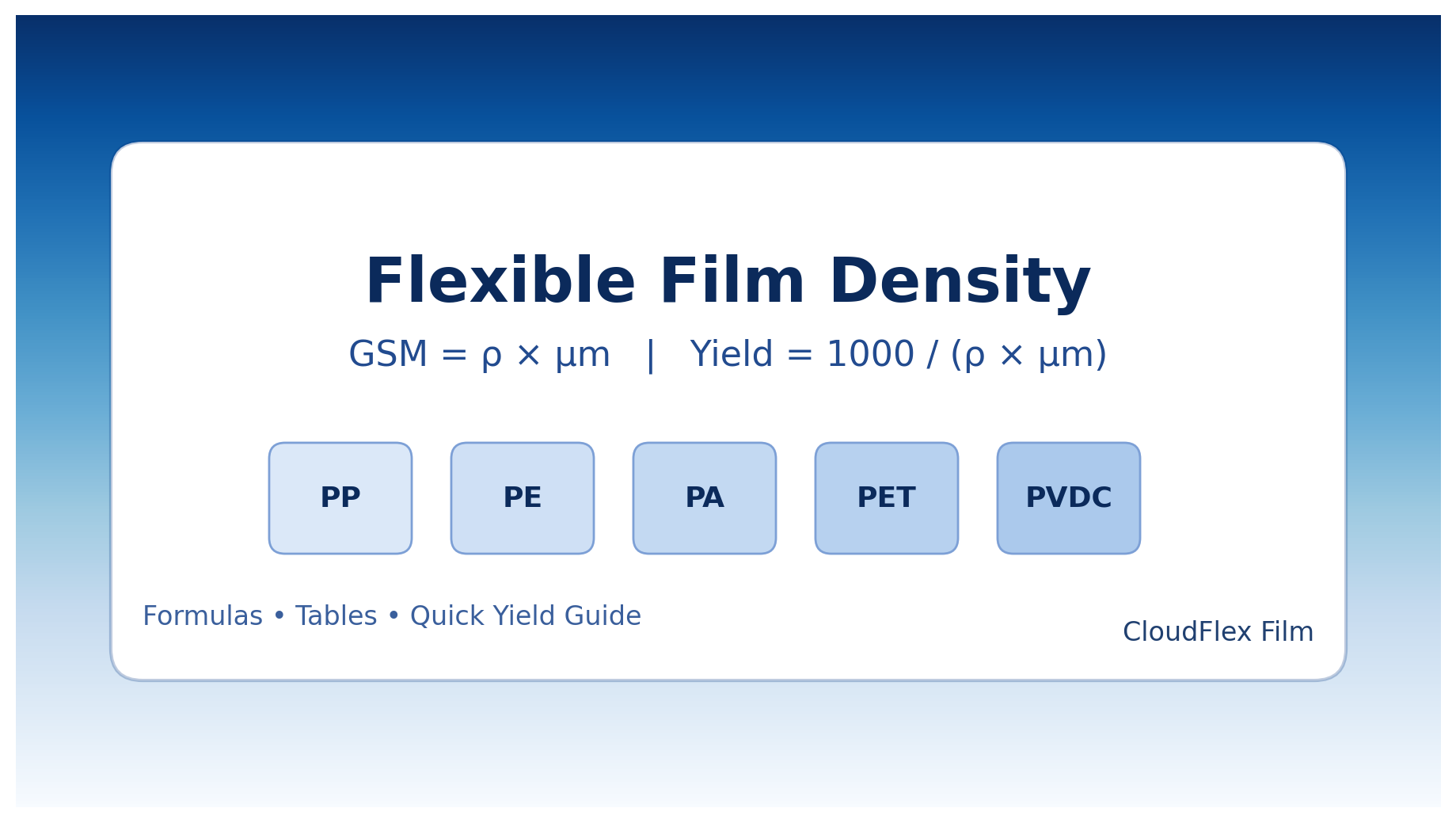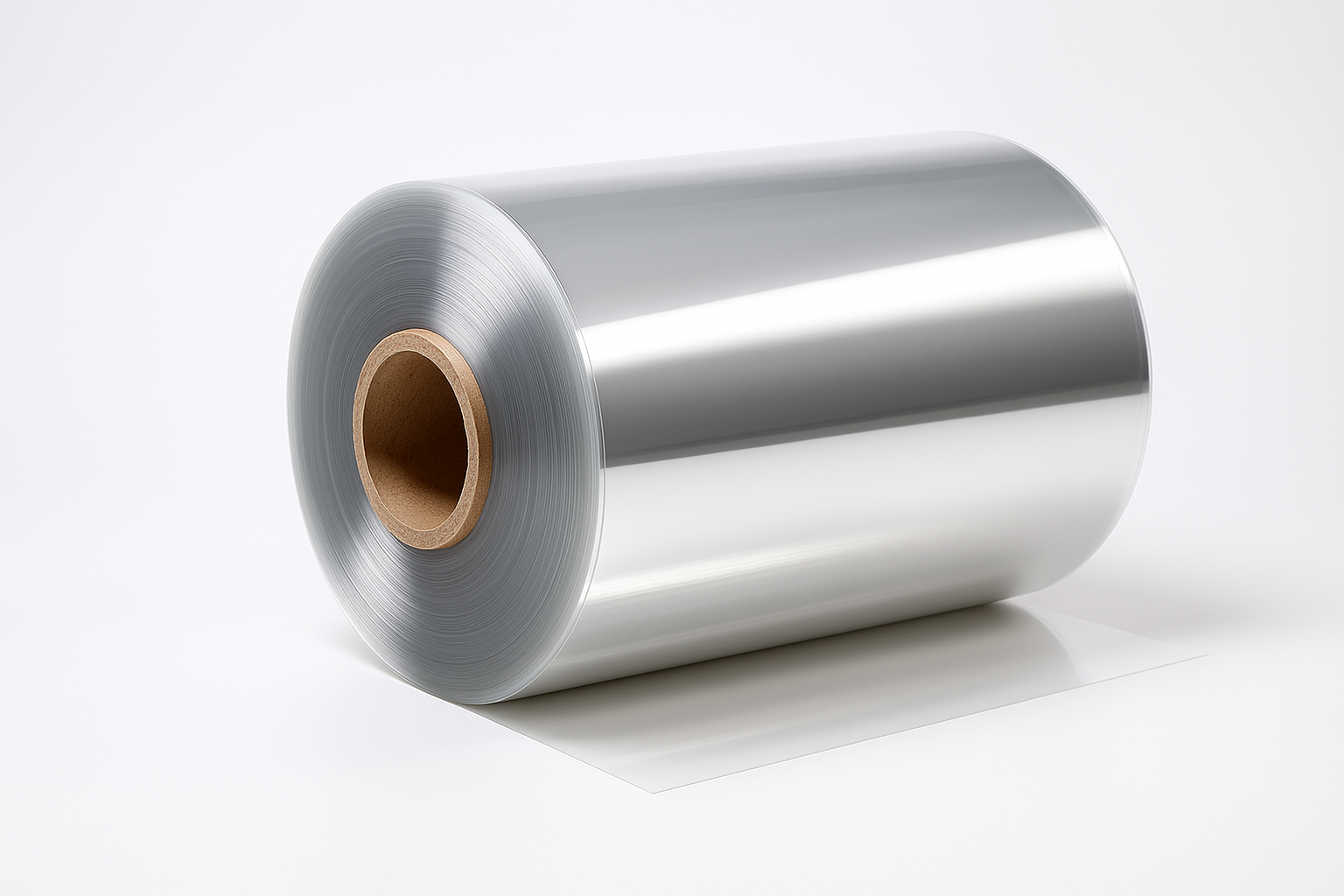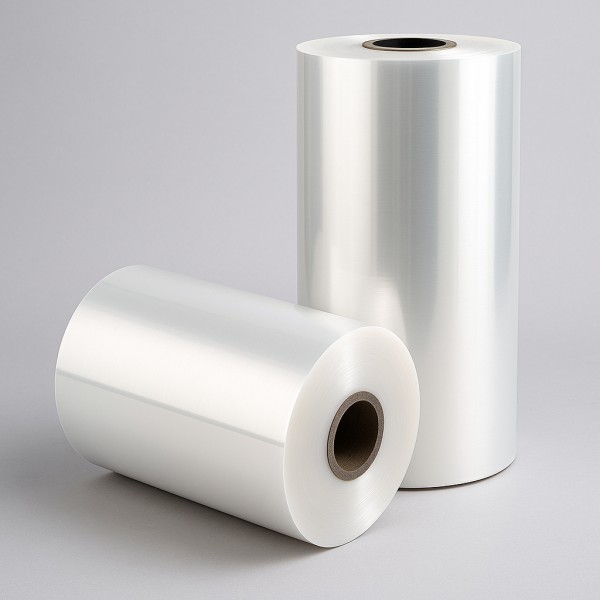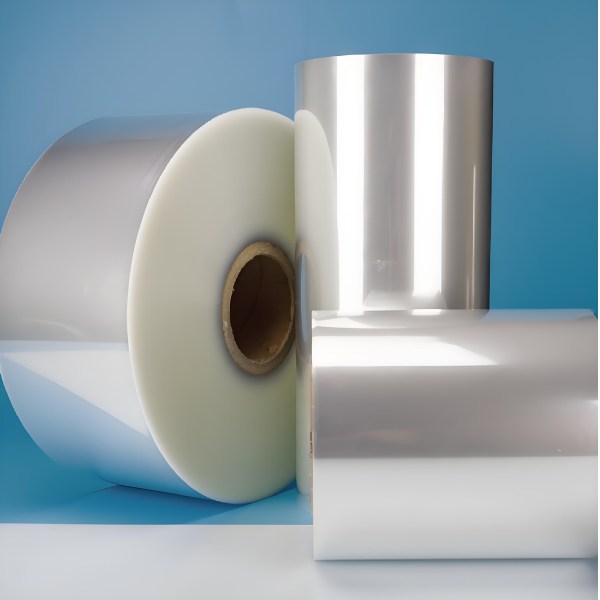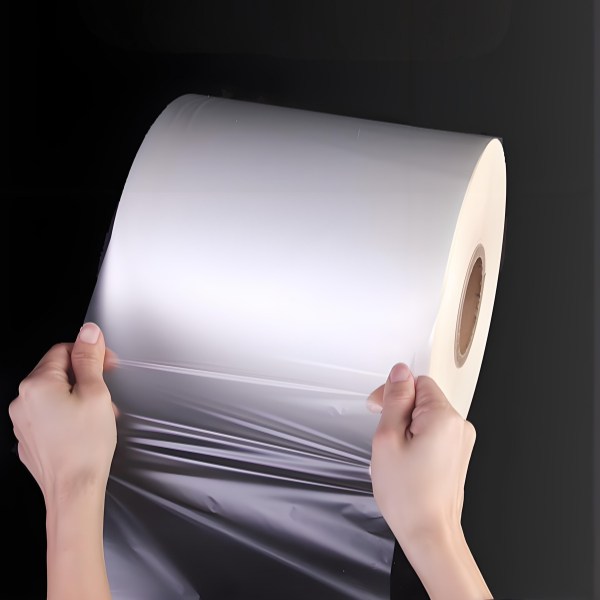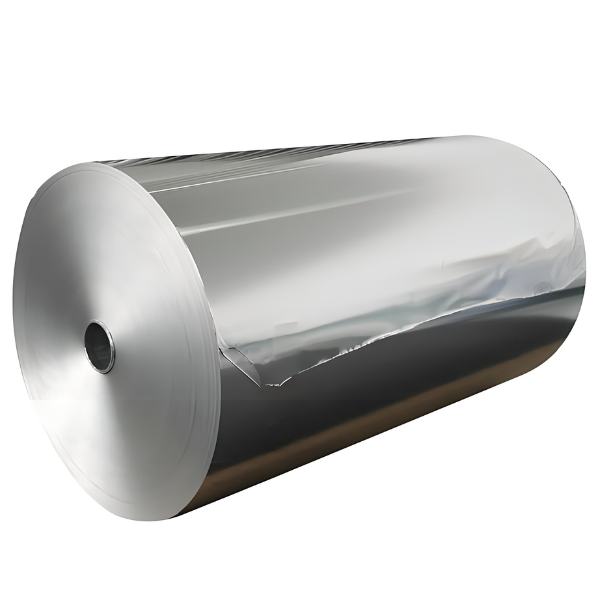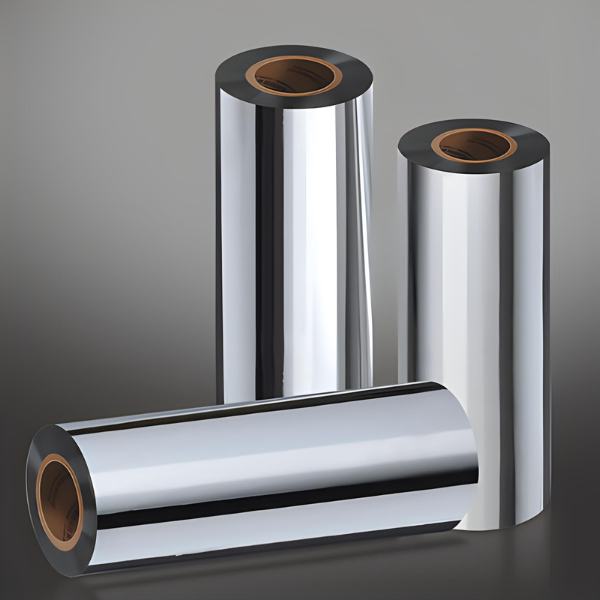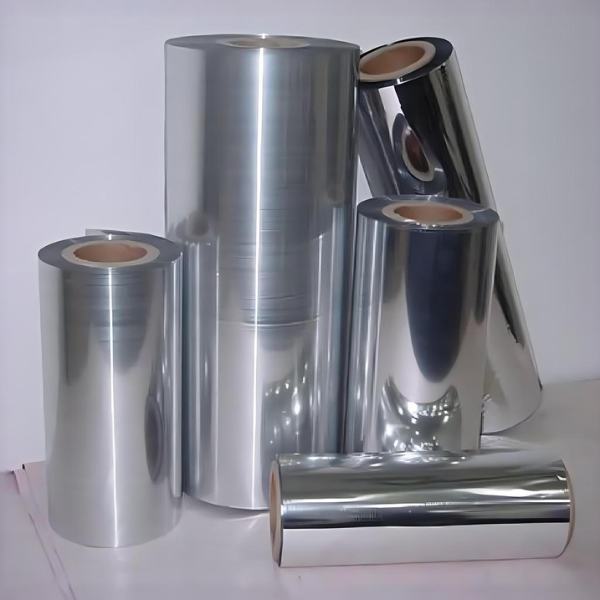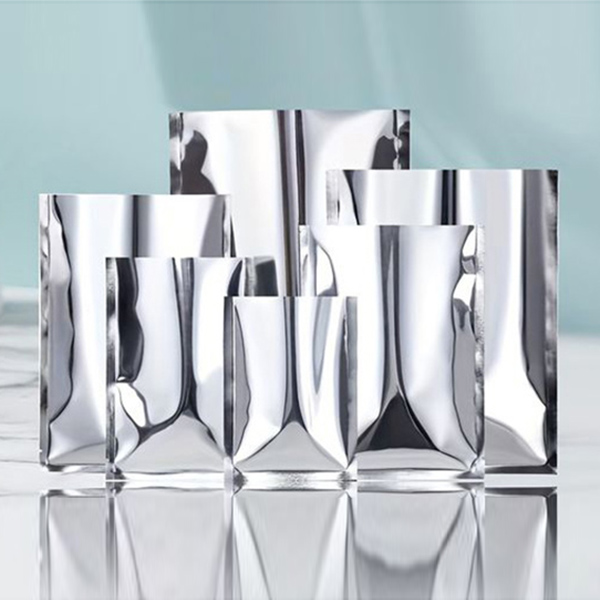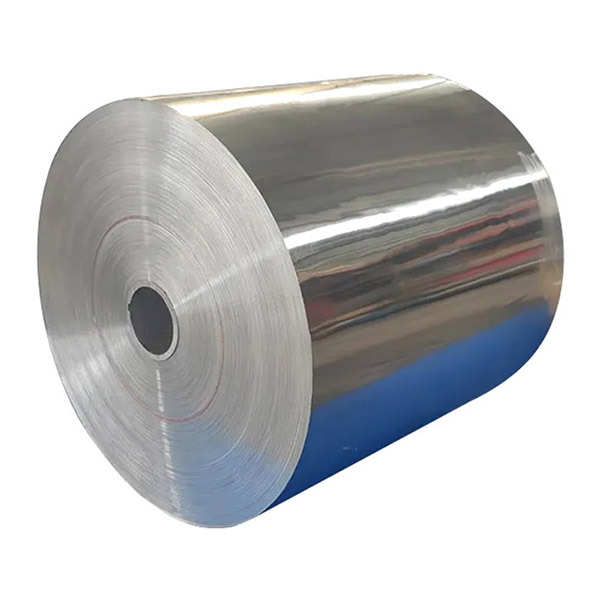Introduction
In the world of flexible packaging, metalized BOPP film stands out for its excellent barrier properties, glossy appearance, and versatility. But what exactly is metalized BOPP film density, and why does it matter?
Whether you’re a packaging engineer, a procurement specialist, or a researcher, understanding this key parameter is crucial for selecting the right material for your application. In this guide, we’ll break down what density means in the context of metalized BOPP films, how it’s measured, and how it impacts performance. Let’s dive in.
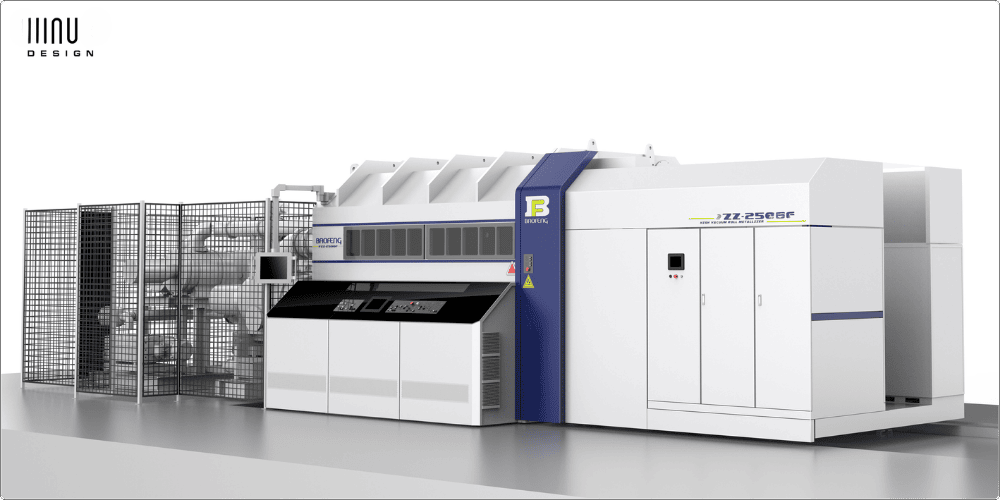
{ BOPP Vacuum Metallizing Equipment }
What Is Metalized BOPP Film?
Before discussing density, it’s important to understand the material itself. Biaxially Oriented Polypropylene (BOPP) is a popular polymer film known for its clarity, tensile strength, and thermal stability. When a thin layer of aluminum is vacuum-deposited onto its surface, it becomes metalized BOPP film, gaining enhanced barrier properties against moisture, oxygen, and light.
This metalization process makes the film ideal for food packaging, labels, and decorative laminates. However, the performance of the film depends heavily on its physical properties—one of the most critical being density.
Why Does Density Matter?
Density in metalized BOPP film refers to the mass per unit volume, typically expressed in g/cm³. It influences several key aspects:
- Barrier Performance: Higher density often correlates with better moisture and oxygen barrier properties.
- Mechanical Strength: Density affects tensile strength and puncture resistance.
- Optical Properties: Density can influence opacity, gloss, and transparency.
- Processability: Inconsistent density may cause issues during printing, laminating, or converting.
For engineers and product designers, selecting a film with the right density ensures the final product meets functional and aesthetic requirements.
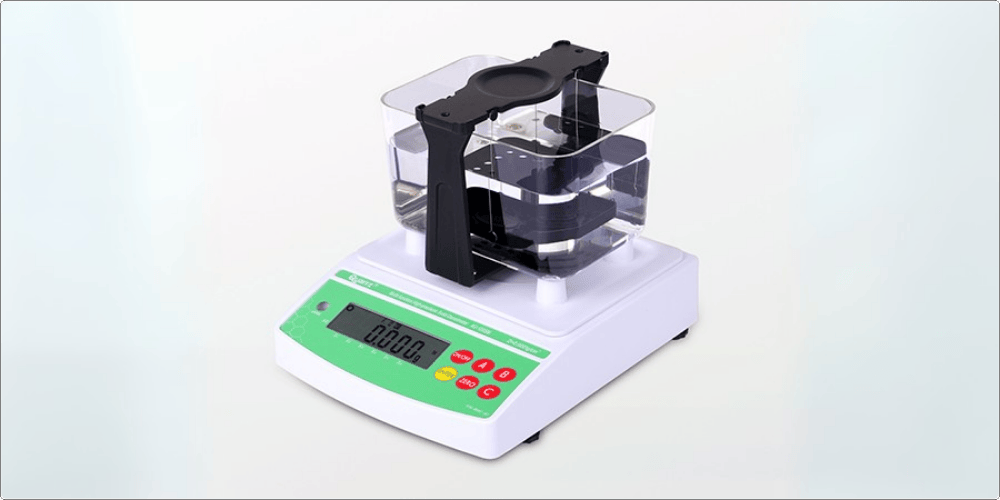
{ Metalized BOPP Film Density Tester }
How Is Metalized BOPP Film Density Measured?
Density is typically calculated using the formula:
Density=Mass / Volume
In practice, the process involves:
- Measuring the mass of a film sample using a precision balance.
- Calculating volume based on area and thickness (measured via micrometer or optical gauge).
- Dividing mass by volume to obtain density in g/cm³.
Modern testing methods may also include automated density analyzers for higher accuracy and repeatability.
Factors Affecting Metalized BOPP Film Density
Several variables can influence the density of metalized BOPP films:
- Base Polymer Properties: Variations in polypropylene resin can affect density.
- Metalization Thickness: Thicker aluminum layers increase overall density.
- Production Process: Parameters like extrusion temperature, stretching ratios, and cooling rates play a role.
- Additives and Coatings: Additional layers or additives can modify density.
Understanding these factors helps manufacturers fine-tune production to meet specific application needs.
Typical Density Values and Industry Standards
While density values can vary, typical metalized BOPP films range between 0.90–0.93 g/cm³. Industry standards such as ASTM D792 and ISO 1183 provide guidelines for testing and reporting density values.
Applications and Density Considerations
Different applications demand different density profiles:
| Application | Recommended Density Range | Key Considerations |
|---|---|---|
| Food Packaging | 0.91–0.93 g/cm³ | High barrier, sealability |
| Labels & Graphics | 0.90–0.92 g/cm³ | Printability, gloss |
| Industrial Laminates | 0.91–0.93 g/cm³ | Durability, chemical resistance |
Selecting the correct density ensures optimal performance in end-use environments.
FAQ: Metalized BOPP Film Density
Here are some frequently asked questions to further clarify common concerns:
Q: Is higher density always better?
A: Not necessarily. While higher density can improve barrier properties, it may reduce flexibility or increase cost. Balance is key.
Q: How does density differ from thickness?
A: Thickness measures the physical dimension (microns), while density reflects mass per unit volume. They are related but distinct properties.
Q: Can CloudFilm provide custom density films?
A: Yes! CloudFilm offers tailored solutions to meet specific density and performance requirements. Contact our team for details.
Conclusion and Call to Action

{ Exploring CloudFilm’s High-Performance Metallized BOPP Films }
Understanding metalized BOPP film density is essential for optimizing material selection and ensuring product performance. Whether you’re designing packaging, sourcing materials, or conducting research, this guide provides the foundation you need.
Ready to explore high-performance metalized BOPP films?
Visit the CloudFilm product page for detailed specifications, or reach out to our engineering team for custom solutions.


